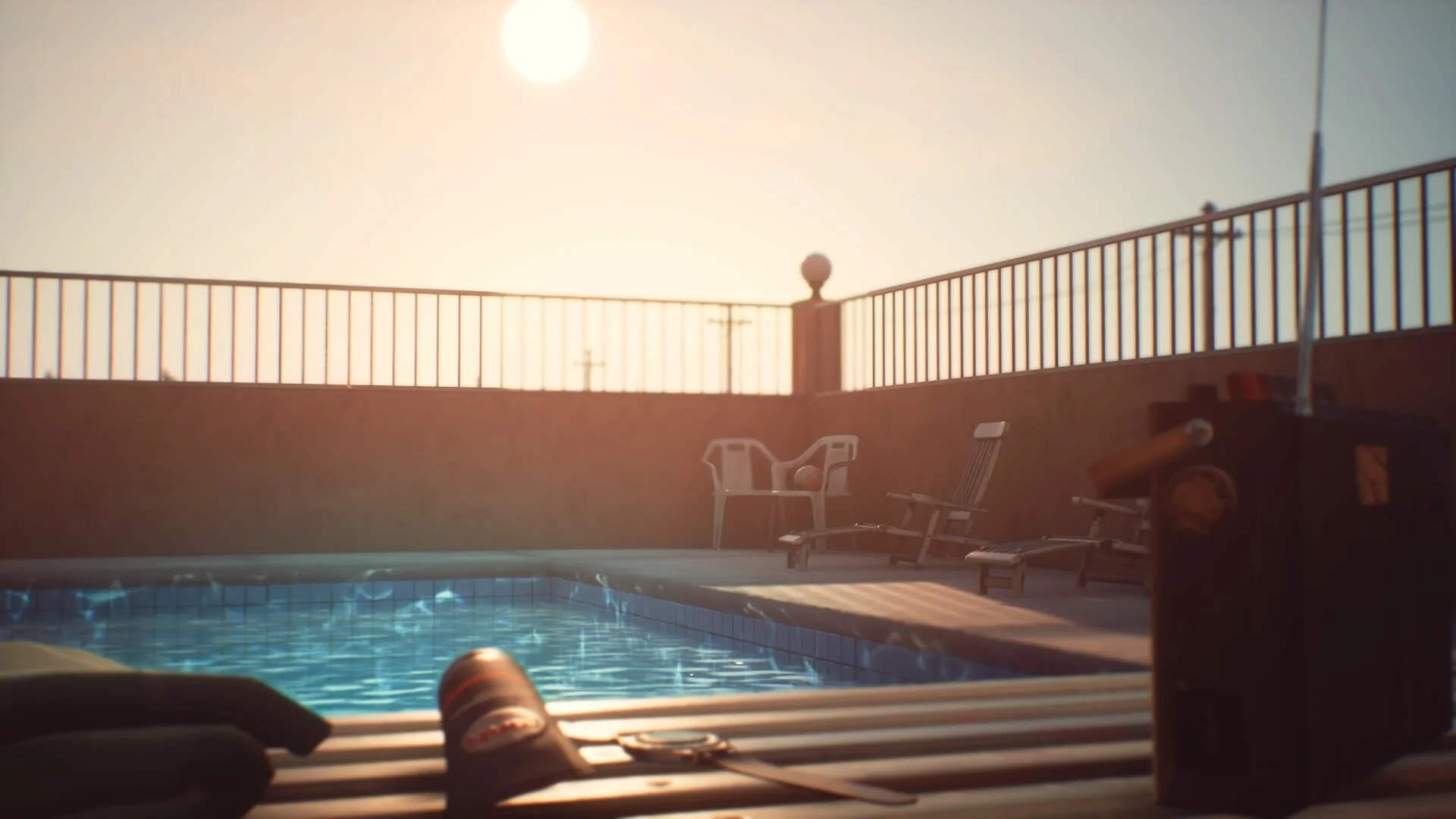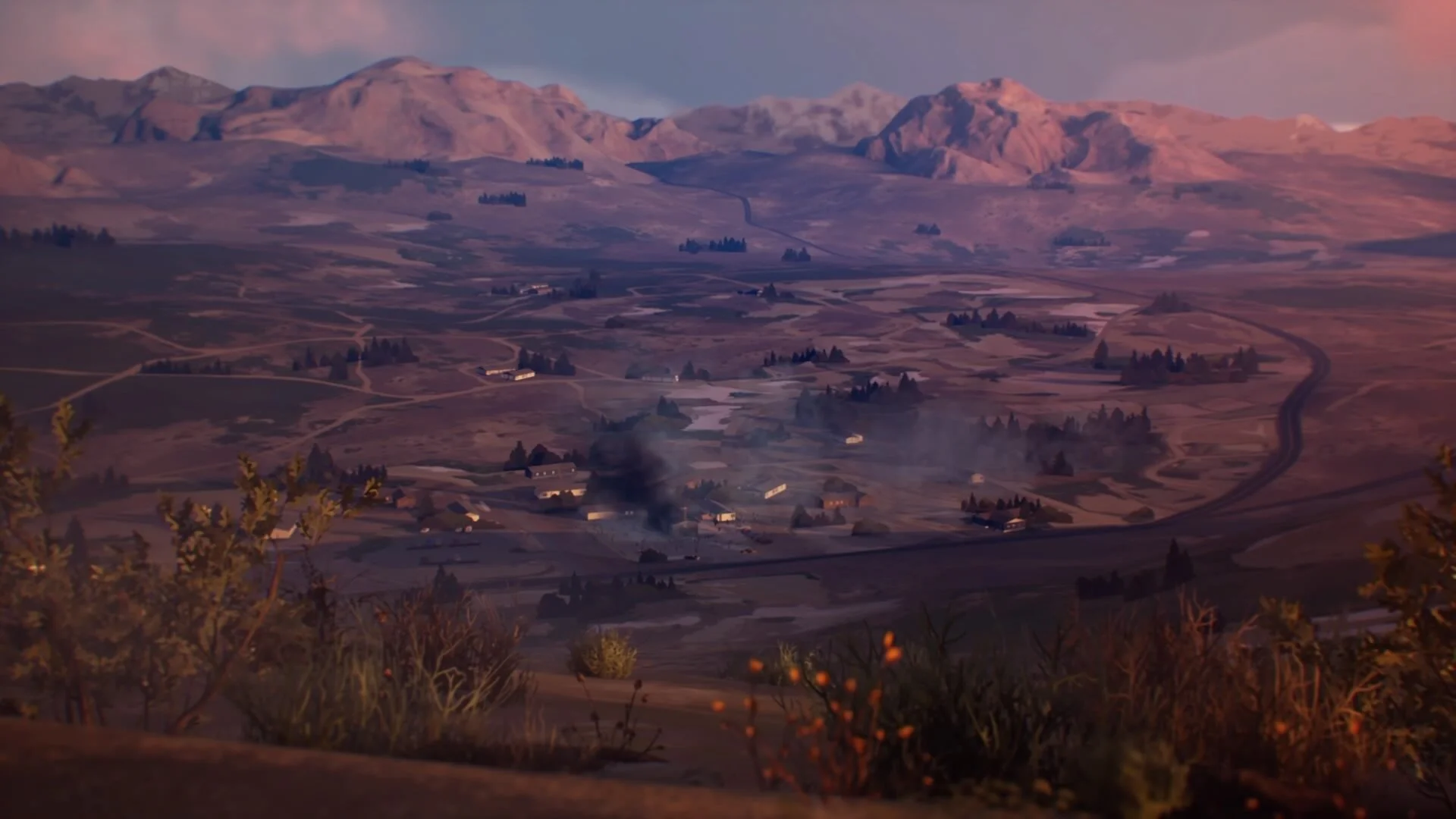Overview: 4.5/5.0
All 5 episodes of Life is Strange 2 have now been released. Just like in the original game, the plot picked up significantly in Episode 3, which ended on a terrifying cliffhanger and left the player thrilled to be invested in another compelling installment from the DONTNOD team. The first two episodes delivered on the standard of quality established by DONTNOD, but the final episodes were even more impactful. Overall, Life is Strange 2 is a very memorable and satisfying addition to the franchise, and DONTNOD continues to explore difficult but important themes in a very successful way.
Developer: DONTNOD
Genre: Narrative Adventure
Release Date (Final Episode): December 3, 2019
Platform: PS4 (Also available on PC & XBOXONE)
Price: $7.99 per Episode, $39.99 for Complete Season
Mechanics
The fundamental mechanic in Life is Strange 2 is Sean’s influence over Daniel. Unlike the original game, in this story the player isn’t the character with supernatural powers. The player must instead be a role model and instructor for his younger brother as he discovers his telekinetic abilities. This already-stressful change is compounded by the death of a parent and the brothers’ new life on the run as fugitives. Sean’s influence is determined by the player’s choices in both actions and dialogue. In particular, the game uses the players choices to develop Daniel’s moral compass.
Throughout the game, the player has a number of opportunities to encourage or discourage Daniel in using his powers. Daniel will also look to Sean as an example of acceptable behavior, and then act accordingly. So while the choice-making mechanic remains familiar, the sibling relationship adds a level of complexity that significantly enhances the experience by making the results of the player’s choices much more unpredictable. Based on the player’s relationship with Daniel, he may or may not listen to Sean’s instructions. This culminates in a dramatic final choice during the finale episode, where the outcome is determined by the combination of the player’s choice, and Daniel’s moral code. Depending on the player’s ability to bond with Daniel throughout the game, Daniel may comply with Sean’s decision, or take matters into his own hands. This mechanic of parenting another character is unique, fascinating, and phenomenally implemented for an incredibly rewarding (if at times rightfully frustrating) player experience.
Environment
It should come as no surprise that this game is beautiful. This is a game where the screen capture function will get a lot of use. Despite the number of environments in this game, each one is wonderfully crafted with the same level of attention to detail as the original game. There are even improvements not present in the previous game, which serve to bring the characters and the world even more to life. Character motions are smoother, hair has movement, etc. In addition to graphics, the soundtrack is perfectly suited to the game’s narrative and main characters, and further completes the immersive game world. As a whole, this game manages to include distinct choices that are unique to the narrative, while still maintaining a cohesive experience with the first installment in the franchise. The developers have effectively established what it means to be a Life is Strange game, and the result is wonderful and welcoming despite the heavy narrative themes.
This is a suspiciously clean pool for a cheap motel…
Narrative
The introduction to this game is immediately reminiscent of the original Life is Strange. The player can spend an infinite amount of time exploring Sean’s room and learning about his life and family. This exploratory gameplay allows the player to bond with the characters even before the inciting incident. The player even gets to return to this initial setting in a future episode, which starts with a flashback to the Diaz household a few months before the incident that resulted in Daniel’s powers. This sequence is great in further establishing the existing dynamic between Sean and Daniel as siblings, but also reminds us how young Daniel is, and how sensitive he is to change. This flashback is an excellent addition to the narrative and allows the player to see the same environment with a new perspective.
The events that spark the main narrative are fast-paced, compelling, and culturally relevant. DONTNOD continues to explore incredibly difficult topics through their gameplay that aren’t typically included in this medium, despite their importance. Most games would include one of these difficult topics at most, but in each Life is Strange game, the developers chose to include a significant number of them. For example, Life is Strange 2 explores issues of identity, family, sexuality, racism, mental health, the abuse of religion to control people, abandonment, and more. This in itself would be admirable, but this franchise does it so well. Each subject feels very deliberate in the time and weight allocated, without being unnecessarily over-saturated or distracting from the narrative.
There has been criticism that the game is too political, or that the depictions of racism in this game are unrealistically extreme. Unfortunately, I found that the language in this game was realistic, and true to the ideals I have heard spoken in various regions of the United States. And I think that’s why this game is so important - because there are people who are fortunate enough that they’ve never encountered these attitudes directly, and they’re so far removed from this type of mistreatment and abuse that they believe any reports of it must be exaggerated. But until we confront the reality of these attitudes and their prevalence in our country, we won’t be able to effect change, and this type of medium is an excellent way of exposing people to very real societal challenges without necessarily advocating a more specific political agenda.
Performance
The largest technical challenge in this game was the drawing mechanic. Although it did improve in later episodes, it remained clunky and awkward to use, essentially requiring the player to button-mash, without any satisfaction from the mechanic itself. Otherwise, there was some artifact clipping throughout the episodes, but nothing that significantly impacted gameplay or the player experience as a whole.
Characters
The Life is Strange franchise continues to provide what is probably the most diverse cast of characters in any game I’ve experienced. The narrative of this game, where the main characters are travelling from location to location, presents a challenge in that each location needs new characters. However, the developers were able to meet this challenge in a highly rewarding way, allowing the player to interact with a wide variety of characters and necessitating that the player establishes a means of determining who can be trusted. These characters include strangers, family members, and even a familiar face from the original Life is Strange. This encounter in particular includes just the right amount of fan service, and gives players just a hint of how their choices in Life is Strange affected the game world. In addition, the developers reacted to fan feedback from the first game by including seven different endings to this game, and the player sees the characters lives over a decade after the events of the game, so there’s no need to wait for another installment to see how their lives change.
Summary
Life is Strange 2 continues the phenomenal legacy started by the first game. It combines welcoming environments and exploratory gameplay with meaningful narratives and innovative mechanics. DONTNOD’s expertise seems to be providing impactful experiences in the context of a complete narrative. It’s unlikely that we’ll see Sean and Daniel again, but I don’t think we need to. Just as in the original game, their story is finished. But the next one is sure to be just as compelling.












Welcome to the rollercoaster of emotions that you would expect from the finale of Life is Strange: Before the Storm. In case you were craving a few hours of whiplash between heartbreak, turmoil, anxiety, adrenaline, affection, and heartbreak again, Deck Nine has your back.